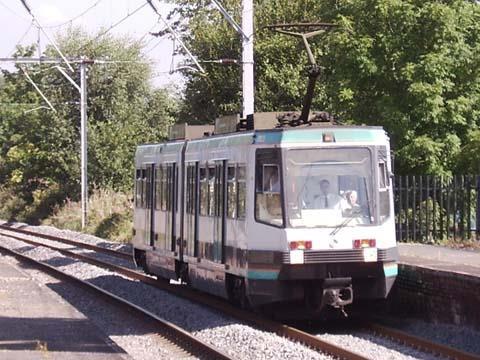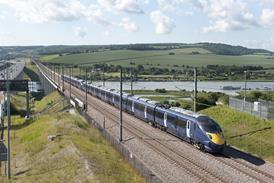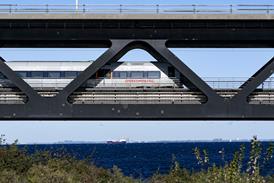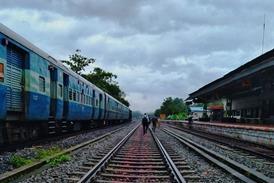
UK: Construction work has started on a 3·9 km extension of the Manchester Metrolink light rail network from Droylsden to Ashton-under-Lyne, following a groundreaking ceremony held on March 8. This is the first of the projects included in Phase 3b of the network expansion programme to get underway.
The work is being undertaken by the M-Pact Thales consortium of Laing O'Rourke, GrantRail and Thales as an option on the existing contract for Phase 3a, which includes construction of a line to Droylsden from the existing terminus at Manchester Piccadilly.
The four-stop Ashton extension will open in winter 2014. It will run on-street to Audenshaw, and then follow a segregated alignment to reach a bus-tram interchange in Ashton town centre. There will be a park-and-ride site for more than 600 cars at Ashton Moss.
Meanwhile, work is getting underway on the 14∙5 km Phase 3b extension from St Werburgh’s Road in Chorlton-cum-Hardy to Manchester Airport, which is due to open in 2016. Trees are being cleared close to Sale Golf Club, where the layout of the course has been changed to accommodate the line. Vegetation clearance is being completed in the Sale Water Park area, and utility relocation is underway along the route.
Greater Manchester Integrated Transport Authority has also announced further public consultation over the route of the proposed Second City Crossing through the centre of Manchester, which will be required to accommodate the significant increase in Metrolink services that should follow completion of the current extension programme.
GMITA has also reiterated its enthusiasm for diesel tram-train operation on Network Rail's Altrincham – Chester line, and has set up a partnership with Cheshire East Council which has instigated a study into future options for the route. GMITA Vice-Chair Councillor Keith Whitmore suggested this could be completed ahead of the proposed tram-train trial in South Yorkshire, telling Railway Gazette International ‘why are we fooling around with experiments, the experiments have been done in Europe, why don’t we just get on with it?'




















